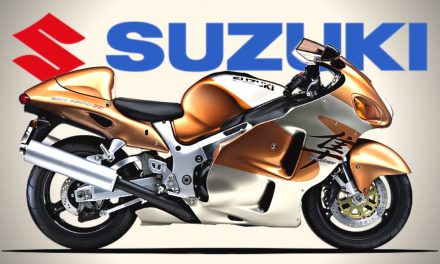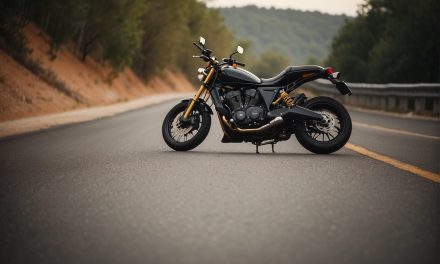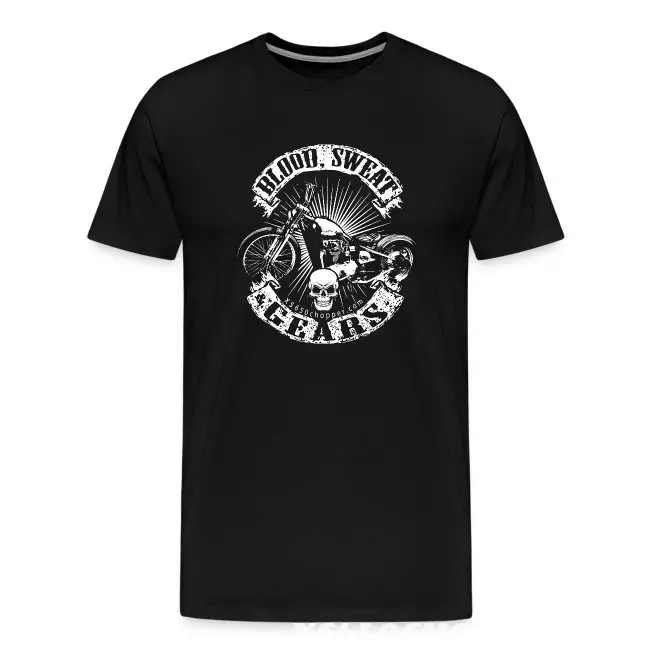Motorcycle riding techniques can vary greatly depending on the context and the rider’s style. In the video below, the differences between leaning in and counter-leaning are explored through the lens of various riding disciplines. This article will delve into the reasons behind these techniques and help you decide which might be best for your riding style.
1. The Evolution of Riding Styles
Riding styles have evolved significantly over the years, influenced by advancements in motorcycle technology and tire design. Early motorcycles were cumbersome, leading riders to use counter-leaning to maneuver more effectively. As bikes became faster and more agile, the need for improved aerodynamics and traction led to the adoption of leaning in, particularly in high-speed racing scenarios.
2. Benefits of Leaning In
Leaning in, or hanging off the bike, offers several advantages, especially at high speeds. This technique reduces the bike’s lean angle, which helps maintain traction and prevents scraping foot pegs. It also improves suspension efficiency and allows riders to use their knees as feelers for better control. However, these benefits are most noticeable during aggressive riding and may not be as significant for everyday street riding.
3. Drawbacks of Leaning In
While leaning in has its benefits, it also comes with drawbacks. It can impair vision by positioning the rider’s head closer to the inside of the turn and blocking part of the view with the bike. Additionally, it makes sudden stops more challenging, as the rider cannot clamp their knees to the tank effectively. These factors make leaning in less practical for regular street riding.
4. Advantages of Counter-Leaning
Counter-leaning, or keeping the body upright while leaning the bike, offers its own set of advantages. It allows for quicker transitions from side to side, which is useful for swerving around obstacles or navigating tight turns. This technique is particularly effective at lower speeds and is commonly used in supermoto, and police motorcycle courses.
5. Limitations of Counter-Leaning
Despite its benefits, counter-leaning is not suitable for all situations. At higher speeds, it reduces ground clearance and can lead to scraping hardware against the road. This technique is best reserved for specific scenarios where quick maneuverability is required, rather than as a default riding style for all conditions.
6. Finding the Right Balance
Both leaning in and counter-leaning have their place in motorcycle riding, and the best technique often depends on the riding context. For high-speed, aggressive riding, leaning in provides better control and traction. For slower speeds and quick maneuvers, counter-leaning is more effective. Understanding and practicing both techniques can help riders adapt to different situations and enhance their overall riding skills.
By exploring and practicing these techniques, you can determine which works best for you in various riding scenarios. Remember, the key to mastering motorcycle riding is flexibility and the ability to adapt to the demands of the road.








